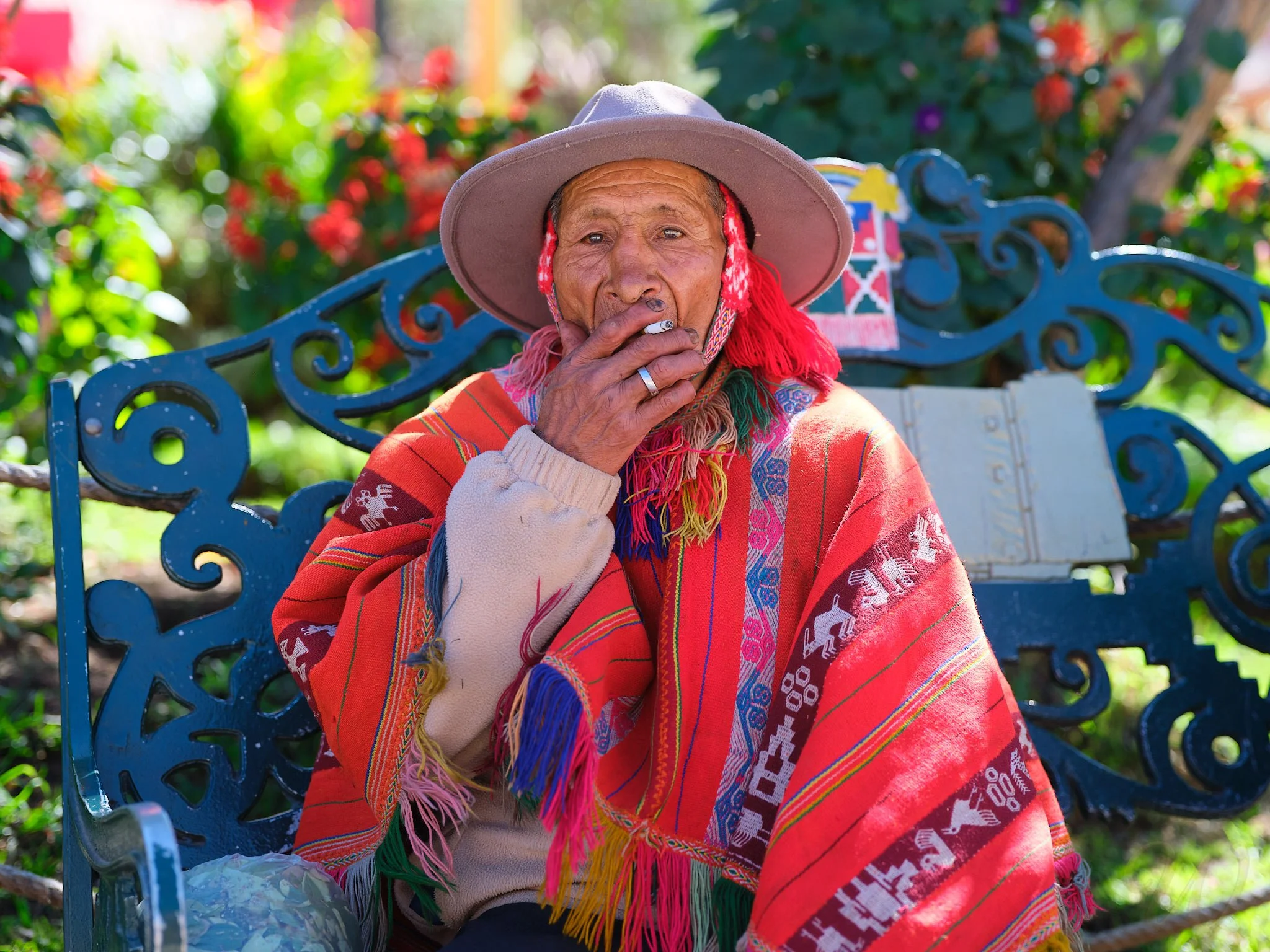An Argument in Stone
Ollantaytambo is not, strictly speaking, a ruin—though its upper terraces suggest decay, and the phrase “Inca fortress” encourages the image of some mythic battlefield suspended in time. Nor is it simply a town—though some 2,000 residents continue to live there, navigating daily life on stone paths laid in the 15th century. It is, rather, an argument in stone—a statement of cultural durability. And like most enduring arguments, it resists tidy interpretation.
Situated at the northern end of Peru’s Sacred Valley, some 60 kilometres from Cusco, Ollantaytambo was both an imperial estate and a defensive stronghold. It is one of the few surviving examples of Inca urban planning: the town’s grid system, still in use, was laid out during the reign of Pachacuti. Watercourses chisel their way between the houses with an engineer’s precision, while finely cut stones form the bases of buildings still occupied by descendants of the empire’s original masons. One walks through it not as through a museum, but through a palimpsest where past and present have reached a kind of uneasy détente.
An elderly man sits alone in the village square, framed by sun-bleached stone and the slow rhythm of the afternoon. A cigarette hangs loosely from his lips, its smoke drifting into the still air like a thought left unfinished. His posture is unhurried, his face carved with years of weather and memory. Around him, life carries on—but he remains a quiet fixture, as much a part of the square as the cobblestones beneath his feet.
The town’s most arresting feature is its temple complex, built—though never completed—atop a dramatic hillside. Six massive monoliths of rose granite, each weighing dozens of tonnes, are fitted together with a level of skill that has become a kind of shorthand for Inca engineering. The source quarry lies across the valley, on the opposite side of the Urubamba River, suggesting that the stones were transported and somehow lifted across river and mountain terrain. That they remain—tilted, unfinished, abandoned at the top of a stairway—is perhaps more telling than if the work had been completed. The Spanish interrupted construction during the conquest. The stones have not moved since.
In 1537, Ollantaytambo was the site of a rare indigenous victory. Manco Inca, the puppet emperor-turned-resistance leader, used the site’s elevation and irrigation channels to repel Hernando Pizarro’s advancing cavalry. According to the chroniclers, Manco flooded the plain, rendering horses useless, and rained down missiles from the terraces above. The victory was temporary. Manco retreated, eventually establishing a Neo-Inca state in Vilcabamba. But Ollantaytambo’s brief defiance—its refusal to be simply overrun—remains central to the mythology of the site.
Today, the ruins draw tourists on their way to Machu Picchu, often with a kind of reluctant interest, as though stopping at Ollantaytambo were more a logistical necessity than a destination. But unlike its more famous cousin, Ollantaytambo is not suspended in the clouds or sealed off from the present. It is, instead, embedded in the rhythms of daily life: livestock in the courtyards, schoolchildren in the plazas, and market vendors in the shadow of ancient masonry. Its continuity is quiet but emphatic.
There is a temptation, in writing about sites like this, to reach for metaphor—the mountain as memory, the stones as speech. But what makes Ollantaytambo remarkable is not what it symbolises, but what it does. It endures. It functions. It reminds. And in doing so, it exposes the limits of conquest, and the reach of survival.
